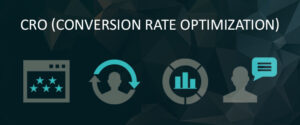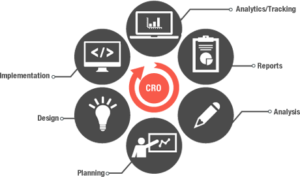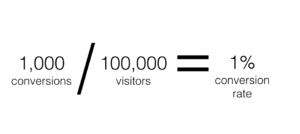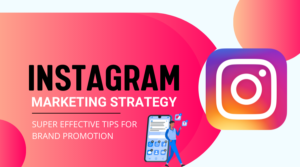
CRO stands for Conversion Rate Optimization. Whatever may be the ultimate goal of your website, a conversion is the successful completion of that action. CRO is the process of optimizing the site to increase the likelihood that visitors will complete a specific action.
Conversion Rate is a key metric in e-commerce, as it reveals the percentage of the site’s total traffic completing a specific goal. The higher the conversion rate, the better.

Once you have defined what conversions you want to track, you can calculate the conversion rate.
Let’s assume you regard a sale as your conversion. As long as you are tracking the number of leads you get and the number of resulting sales (conversions), you can calculate your conversion rate −

When you know what the value of a lead is, you can determine how many leads you need each month to sustain your business and how much you should pay for advertising. This is true whether you are using pay-per-click (PPC) or any offline advertising like mailers or print ads.
What is CRO?
Conversion Rate Optimization is –
A structured and systematic approach to improving the performance of the website.
Informed by insights − specifically, analytics and user feedback.
Defined by the website’s unique objectives and needs (KPIs).
Taking the traffic that you already have and making the most of it.
What CRO is Not
Conversion Rate Optimization is not −
Based on the guesses, hunches, or what everyone else is doing.
Driven by the highest paid person’s opinion.
About getting as many users as possible, regardless of the quality or engagement.
Why do Companies Use CRO?
CRO plays an important role in improving the efficiency of critical processes. Here, we will discuss the most common areas where companies evaluate CRO.
A/B testing − What is A/B testing? In basic terms, you set up two different landing pages, each has a different element from the other. Your site presents the “A” version of these pages to half your traffic and the “B” version to the remaining half. Then you can see whether or not a small change to a call-to-action (CTA) can make a difference in conversion rates.
Customer Journey Analysis − How did your customers progress from brand awareness to purchase? Also, often referred to as a Conversion Funnel.
Cart abandonment analysis − Investigate the cause of not checking out, once the items have been added to a shopping cart.
Segmentation − Segmentation shows approaches to grouping prospects and customers to deliver more relevant communications and offers for better response rates to these communications.
Final thoughts.
Today, businesses have to go about marketing in a new and strategic way. That new and strategic way is conversion rate optimization.
If you are looking for a complete Digital marketing Solution Sampark Infoways will be the best choice for you. Visit Our Website www.samparkinfoways.com for inquiry and assistance.



